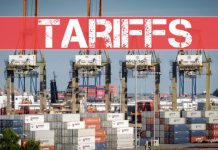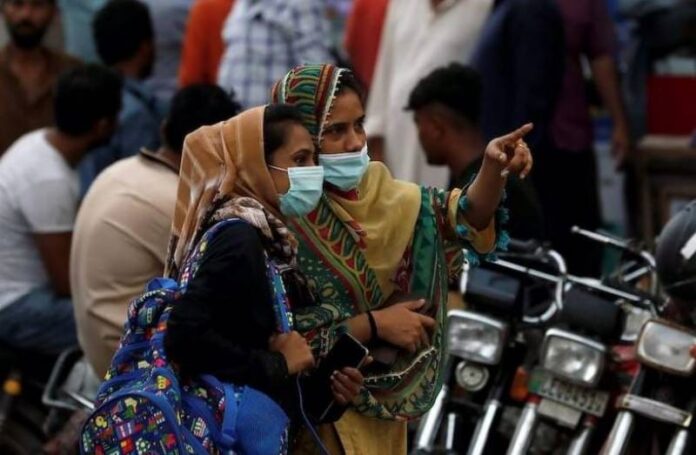Introduction
The China–Pakistan Economic Corridor (CPEC), launched in 2015 as a flagship project of China’s Belt and Road Initiative (BRI), was envisioned as a transformative development program for Pakistan. It promised large-scale infrastructure, energy projects, and connectivity that could stimulate industrialization, trade, and economic growth. To date, China has invested or pledged around US$32 billion across 45 projects (Government of Pakistan, Planning Commission, 2023). However, contrary to expectations, Pakistan’s GDP growth has remained subdued since 2018, raising critical questions about the economic returns of such investments.
Nature of Investment: Loans vs. FDI
According to the State Bank of Pakistan (SBP, 2022), a significant portion of CPEC investment came in the form of concessional and commercial loans rather than Foreign Direct Investment (FDI).
Energy projects, particularly Independent Power Producers (IPPs), were financed under sovereign guarantees, meaning their costs (capacity payments, tariffs) were shifted onto the national exchequer and ultimately consumers.
This structure increased Pakistan’s external debt stock without generating sustainable foreign exchange earnings.
The Multiplier Effect and Its Absence
Economic theory suggests that infrastructure investments should produce a multiplier effect: for every dollar invested, the economy should generate multiple dollars of activity (social sector ratio often cited as 1:13). Yet in Pakistan’s case, this effect was limited due to:
1. High Import Content: Machinery, equipment, and even labor for CPEC projects were predominantly imported from China, restricting local economic spillovers (ADB Report, 2021).
2. Sectoral Imbalance: Investment focused heavily on energy and transport infrastructure, while export-oriented industries, agriculture modernization, and Special Economic Zones (SEZs) were delayed or underdeveloped (World Bank, 2022).
3. Operational Inefficiencies:
Gwadar Port remains underutilized due to lack of supporting industries and logistics.
Lahore’s Orange Line Metro Train operates at a financial loss, burdening provincial budgets.
Power generation capacity increased, but transmission and distribution bottlenecks, coupled with circular debt, negated the benefits.
Macroeconomic Outcomes
GDP Growth: Pakistan’s GDP growth declined from 5.8% (2017-18) to an average of 2–3% between 2019–2023 (IMF, World Economic Outlook, 2023).
Debt Burden: External debt rose from US$95 billion in 2017 to over US$130 billion in 2023, with CPEC-related obligations a notable component (SBP, 2023).
Trade Deficit: Despite new infrastructure, Pakistan’s exports did not rise significantly; instead, imports from China surged, widening the trade deficit.
Electricity Tariffs: Capacity payments to CPEC power plants contributed to rising electricity tariffs, undermining industrial competitiveness (NEPRA Annual Report, 2022).
Why Did Economic Principles Fail?
Several factors explain the gap between investment and growth:
1. Governance and Institutional Weakness: Lack of transparency, weak regulation, and politicization of project selection reduced efficiency.
2. Delayed SEZ Development: Without functioning SEZs, infrastructure could not translate into industrial output or exports.
3. Debt-Financed Growth: Heavy reliance on loans rather than true FDI created debt without productivity gains.
4. Security and Political Uncertainty: Attacks on Chinese workers and political instability discouraged further private investment.
5. Structural Economic Issues: Pakistan’s low savings rate, weak taxation system, and dependence on imports limited the absorptive capacity of CPEC projects.
Socio-Economic and Political Costs
Rising electricity costs have hit both households and industries.
Unequal distribution of benefits created provincial tensions, with Balochistan (home of Gwadar) seeing little socio-economic uplift.
Increased debt servicing obligations have constrained fiscal space, forcing repeated IMF bailouts.
Long-term, this may burden future generations with repayment without commensurate development gains.
Conclusion
CPEC remains a strategic opportunity, but so far, its economic promise has not materialized for Pakistan. Instead of catalyzing industrialization and exports, much of the investment has turned into debt-driven infrastructure projects with limited domestic spillovers. For CPEC to become transformative, Pakistan must:
Prioritize SEZs, export-oriented industries, and technology transfer,
Improve governance, transparency, and provincial inclusion, and
Balance infrastructure projects with productive sectors like agriculture, IT, and manufacturing.
Without such reforms, the CPEC story risks becoming an example of missed opportunities, where billions of dollars created more debt than development.
📑 References
IMF. World Economic Outlook. 2023.
State Bank of Pakistan (SBP). Annual Report. 2022–23.
Asian Development Bank (ADB). Asian Development Outlook. 2021.
World Bank. Pakistan Development Update. 2022.
NEPRA. Annual Report. 2022.
Government of Pakistan, Planning Commission. CPEC Progress Report. 2023.


































